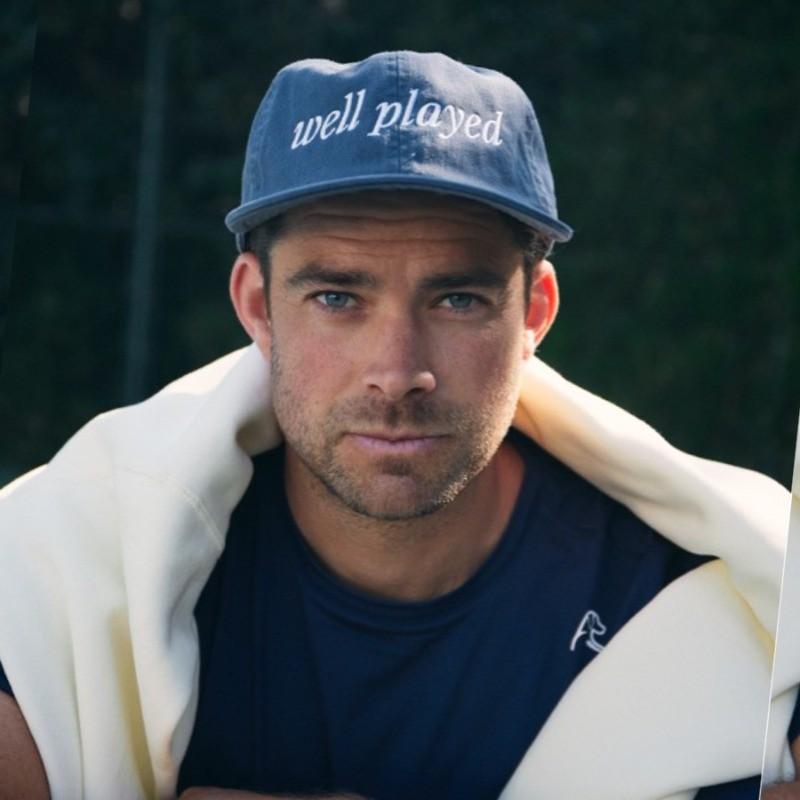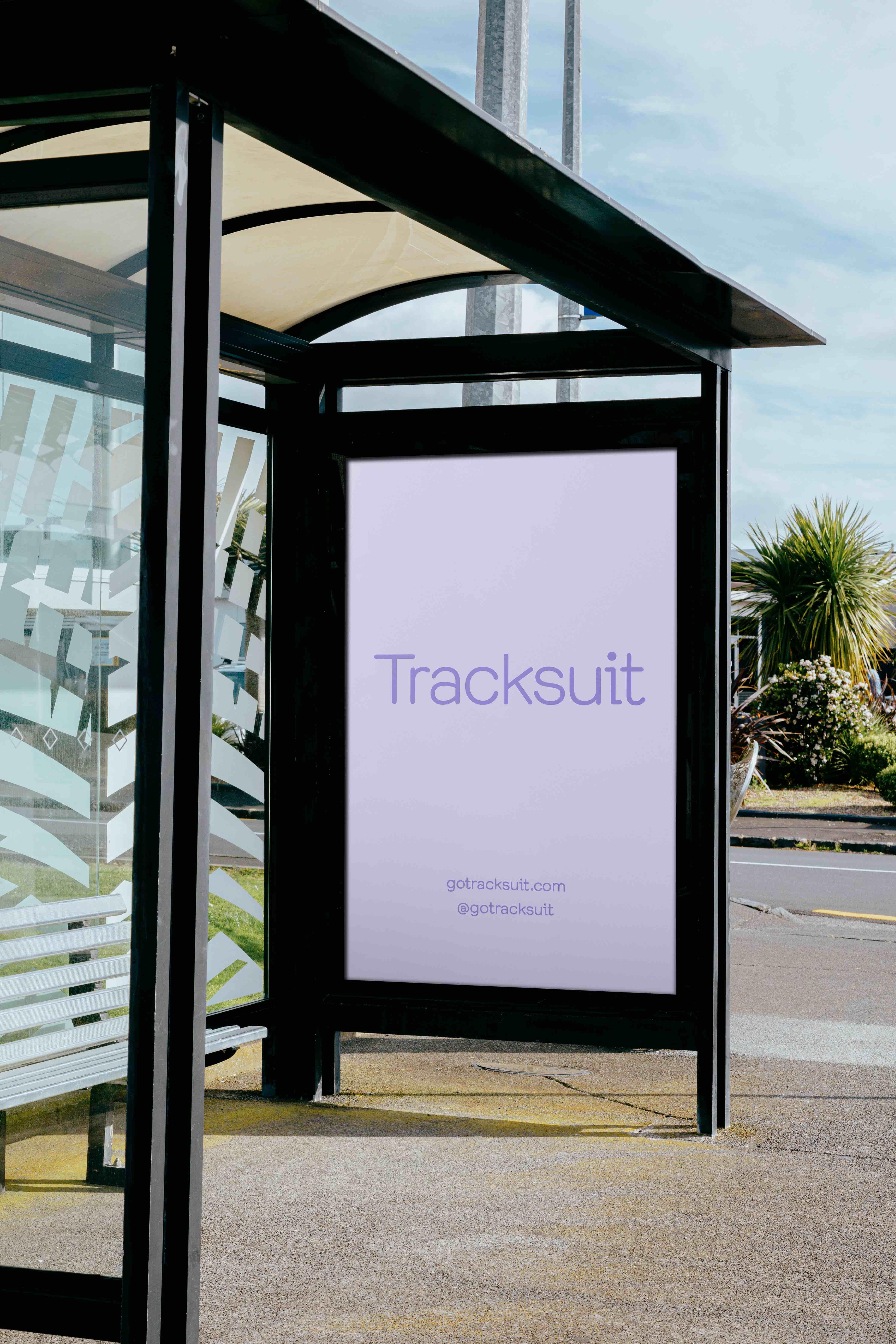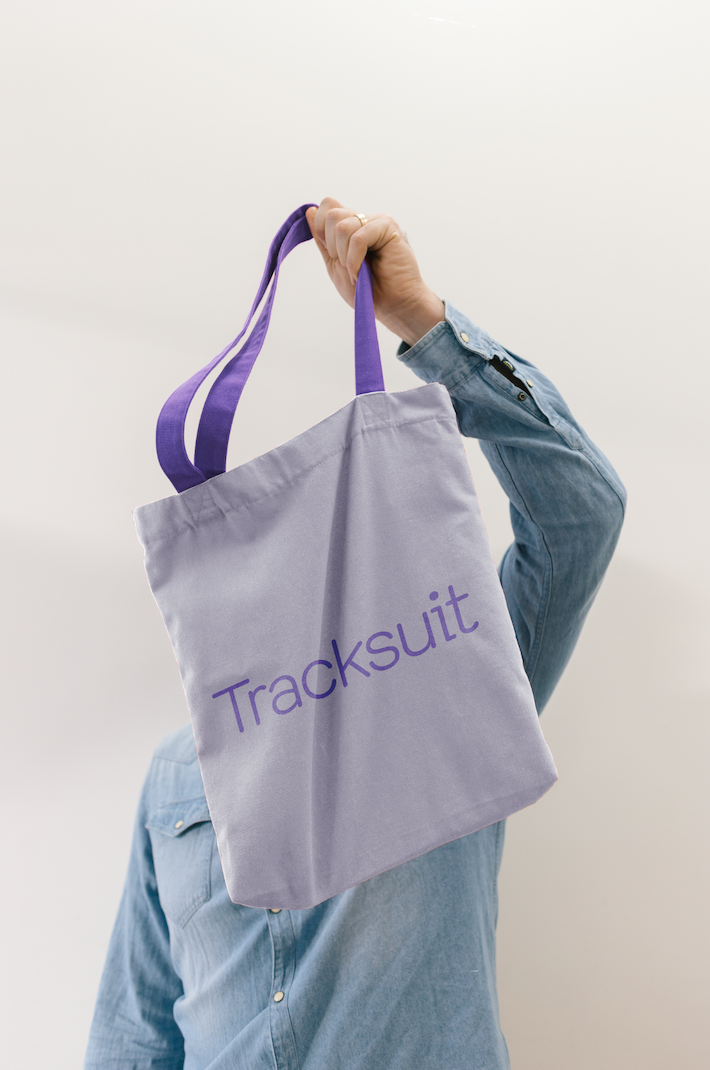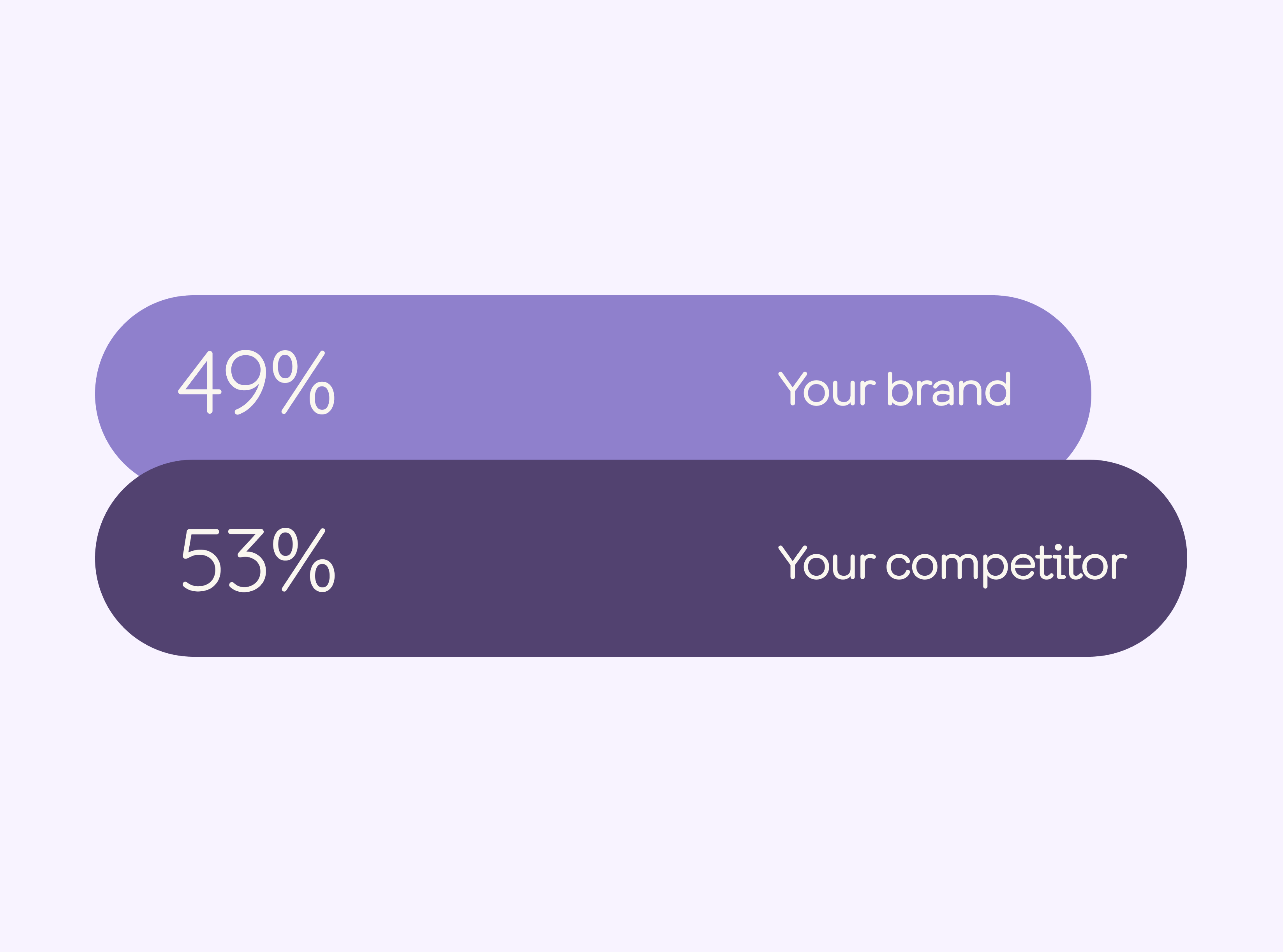How to successfully launch and run an ambassador program
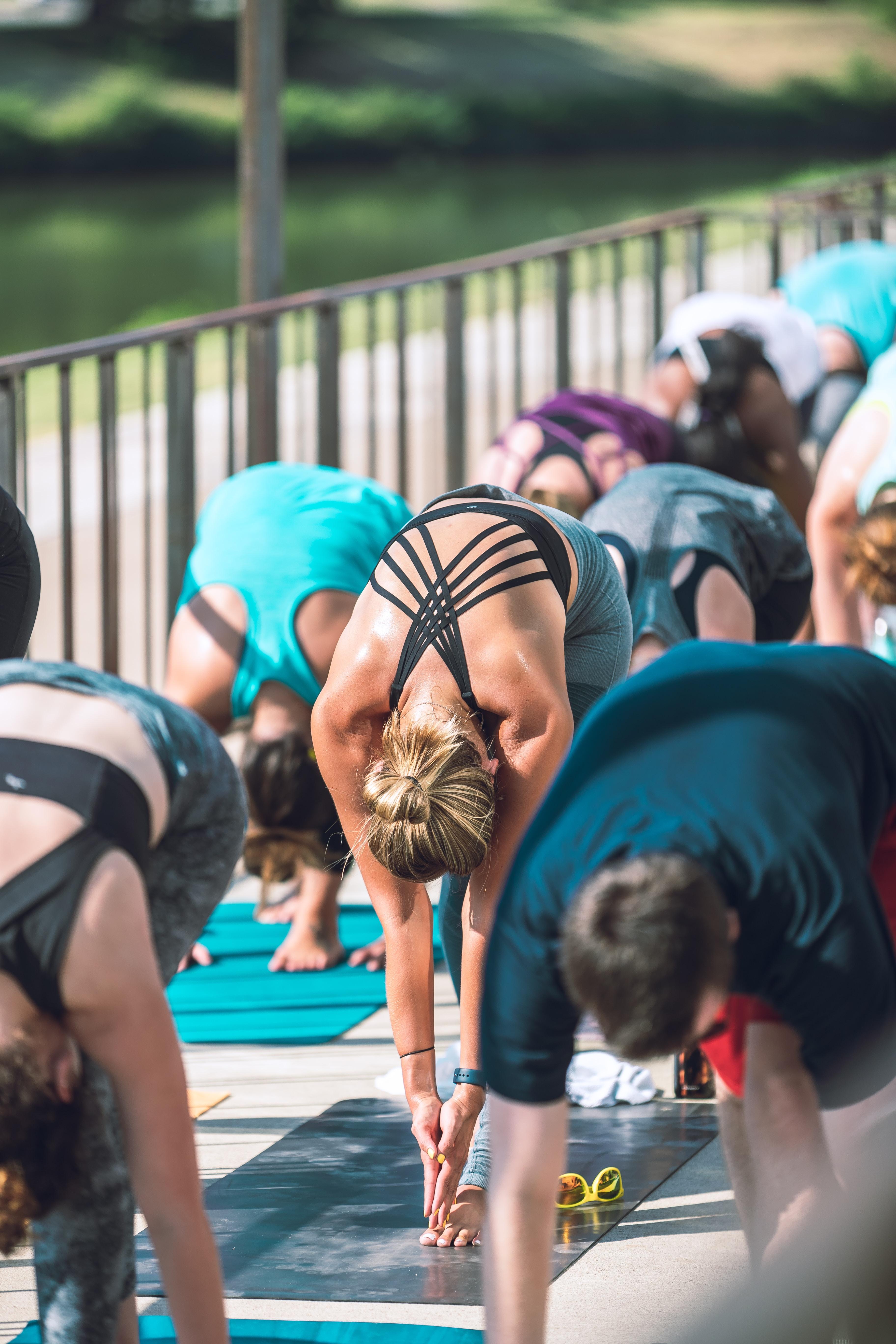
So you want to get into the ambassador program space. First things first: what’s the best way to go about starting one? And what should businesses expect in return after putting their marketing investment into a program like this?
Anyone who’s done a little research in this space will be aware of ambassador programs being a little bit illusive.
There isn’t a clear-cut playbook on best practices, as this can vary greatly between each brand. After working with two large global brands, Lululemon and Fox Racing here in North America, and being tasked to build their world class programs and carry them out at these brands, I have a boat-load of insights that can set you on the path to success.
Let’s dive in.

Sign up to Shorts
For fortnightly brand insights, stories and goodness that'll help you win (we promise).
The Short Game of Affiliates vs. Long Game of Ambassador Programs
Most marketers are familiar with the Long and Short of itOpens in new tab, a marketing strategy framework best described by Les Binet and Peter Field. In terms of where an ambassador program fits into this, it’s important to distinguish between affiliate programs and ambassador programs.
Affiliate Programs and Ambassador Programs are two different things, but both valuable and, in reality, they should go hand in hand. An Affiliate Program should be seen as a short-term tactic: it yields quick wins, focused on awareness and conversion.
This is why it’s a popular option for many DTC brands or smaller startups. Athletic Greens, for example, saw great success by heavily leaning into a Affiliate programs through micro-influencers on social platforms, paid ads, and podcast testimonials.
Ambassador programs, on the other hand, are a long-term tactic, one that is brand-led and, when done well, leads to brand resonance, aiming to create brand advocates for life (and higher consumer lifetime value). With an ambassador program, you lean into like-minded influential people to tell your brand’s story through their lives, values, and personality, intimately intertwining their personal brand with yours.
In my experience, I’ve found it best to break ambassador programs into three buckets:
1. Finding and choosing the right ambassadors
There will be a number of determining factors here specific to your business needs and the industry that you operate in, however, the following list should always guide you:
- Synergy. Ambassadors should have direct synergy or innate connection with your brand and what it stands for in the world (this includes esthetic, style, personality, social standing, and reason for being). They are a direct reflection of everything you stand for.
- Filters. Create a list of filters that allow you to make a solid decision backed up by prerequisites that you have identified as essential (this includes level of influence, age, community standing, business needs, diverse representation etc.)
- Level Up. Find people who can elevate your brand, not just promote it.Get invested in what their story is and how it can be intertwined with your brand.
- Real recognizes real. Real people produce real results. Your consumer will connect with people who may inspire them but also walk, talk, and sometimes act like them. For example, at lululemon, I wouldn't choose to partner with the world champion or the best athlete in a certain sport, I would partner with a top 10 athlete that was clearly very talented at their craft, but more importantly, they were a pillar within their community and competitive field, the one that all other athletes turned too in times of need. These athletes were the ones that connected best to lululemon’s brand identity and values, such as Snowboarding’s Craig McMorris, or NBA Basketball’s Kyle Quinn.
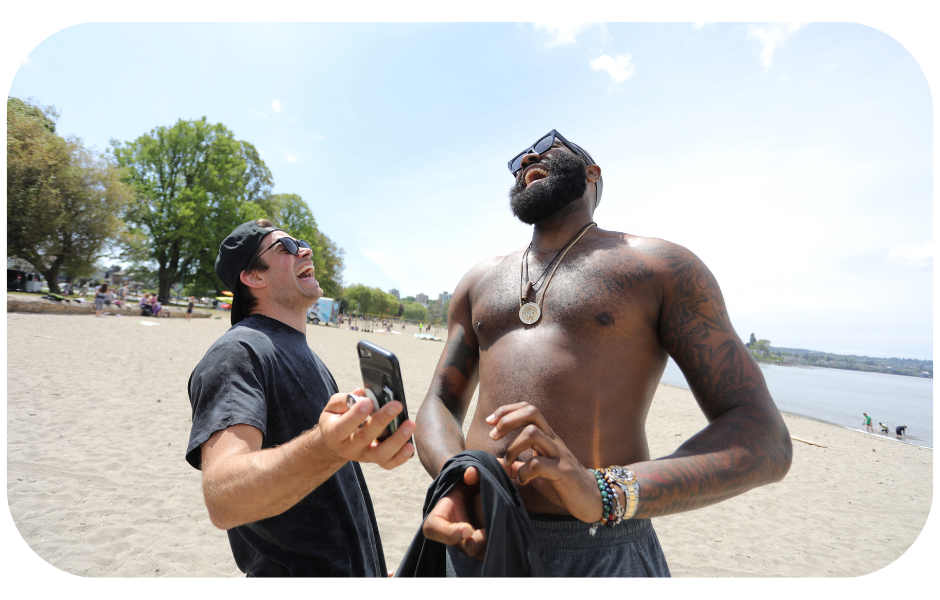
2. Laying the groundwork
Any ambassador program needs the basics in place to bring about change and benefit to both your brand, and the people you plan to partner with as your biggest champions out in the world.
The below points will lay the groundwork for your program:
- Mutual benefits. Everyone involved should be getting something out of this. There’s an art of balancinga give and take. This includes financial compensation, equity, or product in kind from the brand side for the use of the ambassadors' name and likeness or content produced.
- Relationship manager. Brands need someone in-house who can sink their teeth into managing these relationships and most importantly, bringing them to life. The more in-depth relationships that can be held, the better the output and value that can be derived from the ambassadors. It’s important to note, this relationship manager should aim to do more with less, meaning, fewer ambassadors managed and activated well will always bring more value than spreading time, energy, and resources too thin with too many ambassadors. Don’t bite off more than you can chew!
- Framework. This is the basics at play here that make up the package of your program: contracts, benefits (such as product, discounts, connections), professional and unique services tied to your brand (like mentorship, personal development tools and access to resources that drive value for your ambassadors), and a set of annual individual ambassador plans. Bonus points for crafting your framework around your brands identity and mission in the world. At lululemon I intertwined the brand's personal development work and desire to elevate the world, into the offerings that we provided to each athlete, such as personal vision and goal setting for Swimming legend Kirsty Coventry, or personalized mediation and yoga practices for the world number one golfer, and New Zealands very own Lydia Ko.
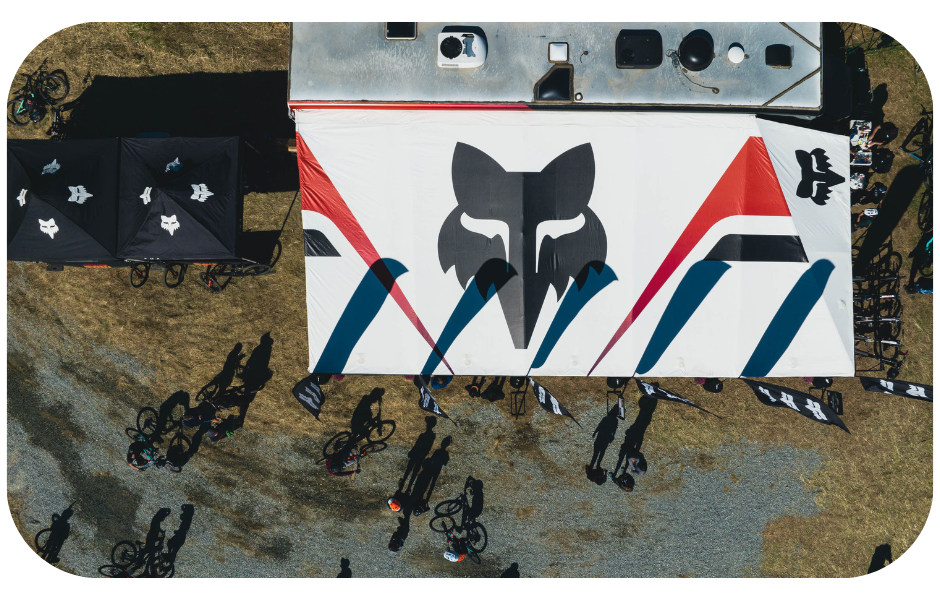
3. Tracking the output
Now that you’ve selected your ambassadors and laid the groundwork for your program, it’s time to create the work together.
The output aims to ultimately grow your brand by association, create legitimacy within certain cultural spaces or industries, and spread your brand and its message or product to the masses.
The below points will help create the output needed to set your program up for success:
- Ambassador plans. Each ambassador should have an annual plan, highlighting moments in their year and your brand's year that can be leveraged. This could be a sporting event, career moment, media moment, planned content collaboration, or goals for the year. From experience, fewer ambassador moments with energy create groundswell, whereas constantly activating with an ambassador loses steam and meaning fast.
- Contractual Obligations. Make sure you’ve mapped out a plan for social posting, event attendance, media obligations, and anything else that’s required of the role. As part of each ambassador’s contract, these are yours to create.
- Ambassador Activation Calendar. This is where the rubber meets the road. Be sure to integrate these calendar moments into your brand and marketing calendar to help leverage these moments. For example, at Fox Racing we launched the TS57 product collaboration for one of the world’s fastest bike racers Tahnée Seagrave, coordinated to coincide with one of the rounds of the UCI World Cup. This not only garnered huge media and PR hype, but produced solid sales results and awareness for the brand, and for Tahnée.
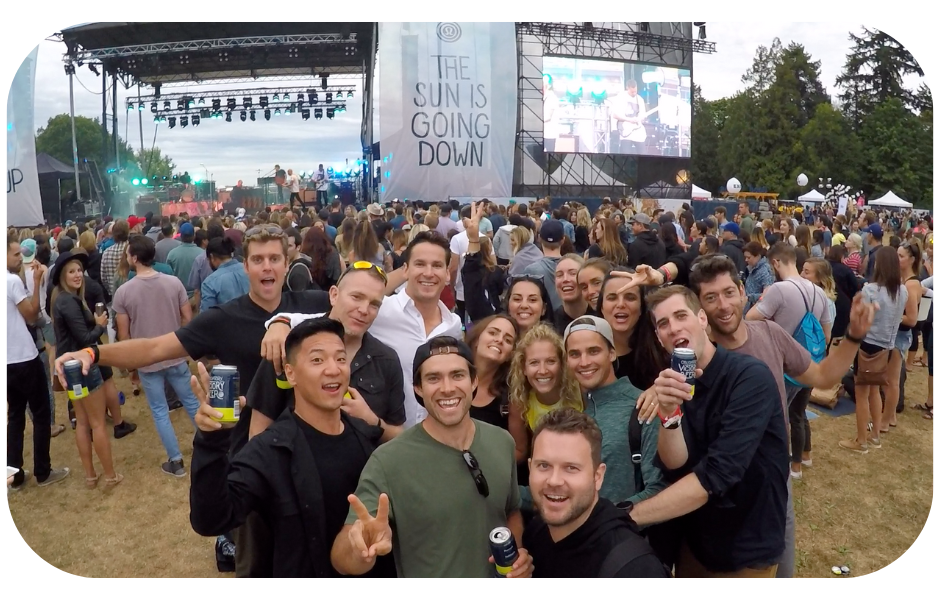
The finishing line 🏁
Ambassador programs are a slow burn, so don’t expect immediate results. They are a true brand play, as they are an investment in the continued story of your brand. Fortunately, with a platform like Tracksuit, the brand side of ambassador programs can now be quantified and proven – a luxury I didn’t have when building lululemon’s Elite Ambassador Program.
Using the platform will allow you to focus on key target audiences through the right ambassadors, or to measure the last campaign or storytelling series that you created using your ambassadors and how it boosted your brand awareness – all in all, proving value for the long-term growth of your business, which at the end of the day, is everything.
An ambassador program is a brand-building lever, created to authentically grow your brand through influential humans that have a strong connection and story aligned with what your company stands for in the world, they are a portal into the human side of your brand and an investment in your business's future.
Matt Sims is a Kiwi who has lived in North America for the last 10 years, working in marketing for global brands such as lululemon in Vancouver and Fox Racing in Southern California, Matt Has recently started his own marketing agencyOpens in new tab, which aims to help New Zealand brands enter the North American market by offering guidance, strategy, positioning, and connections, plus a healthy dose of Kiwi kinship to help home-grown brands hit the ground running.
